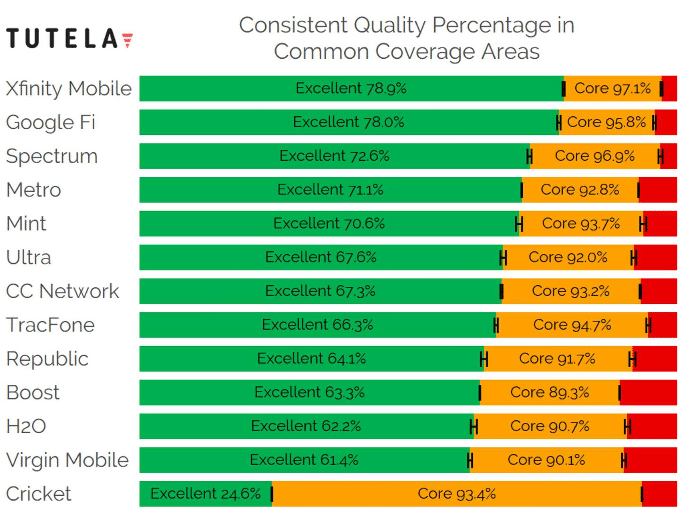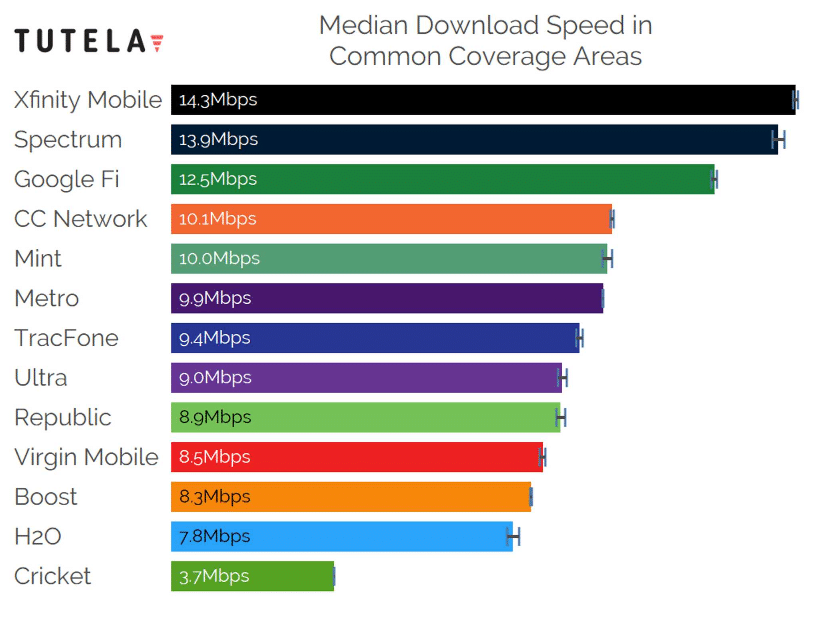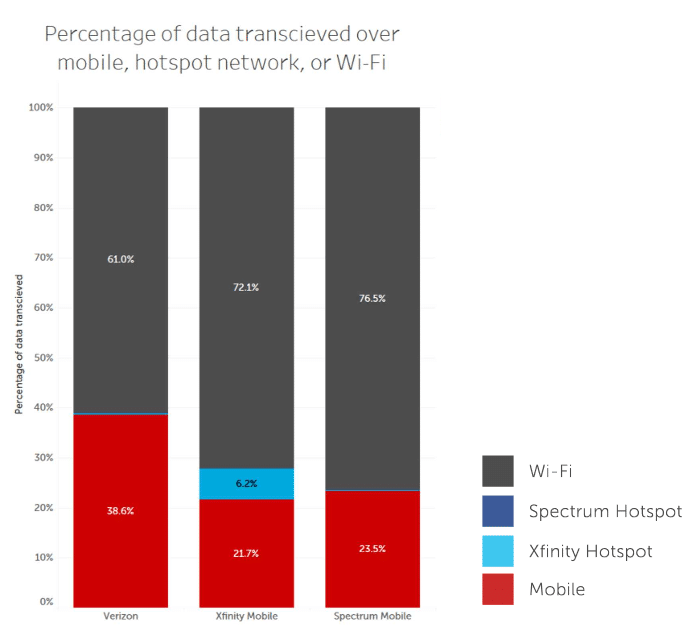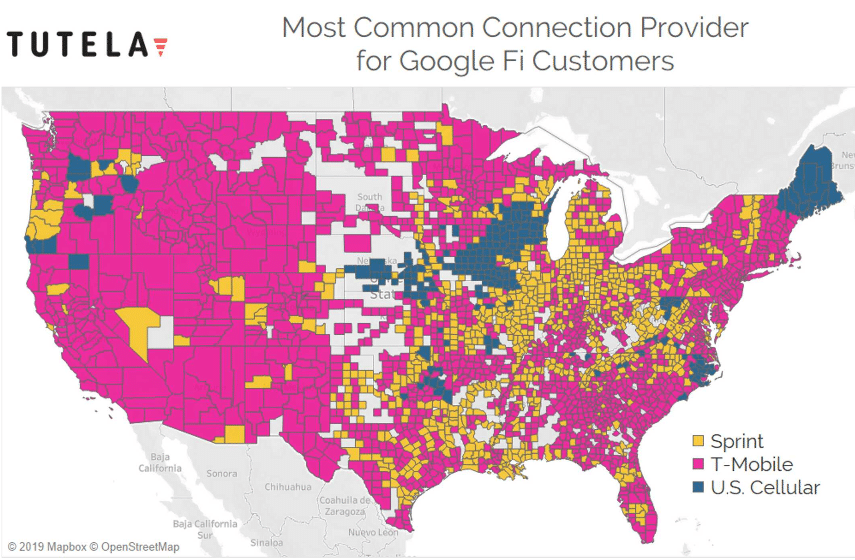Earlier this week, Comlinkdata announced that it will acquire Opensignal, a company that collects crowdsourced data about the performance of cellular networks. A few years ago, Comlinkdata acquired Tutela, another company crowdsourcing performance data. It’ll be interesting to see whether Comlinkdata continues to operate Tutela and Opensignal as more-or-less independent brands.
I’ve previously argued that network evaluation involves all sorts of weird dynamics and conflicts of interest. I expect putting Tutela and Opensignal under the same roof will cause a shift in the incentives at play, but I haven’t made up my mind about the implications of that shift.







